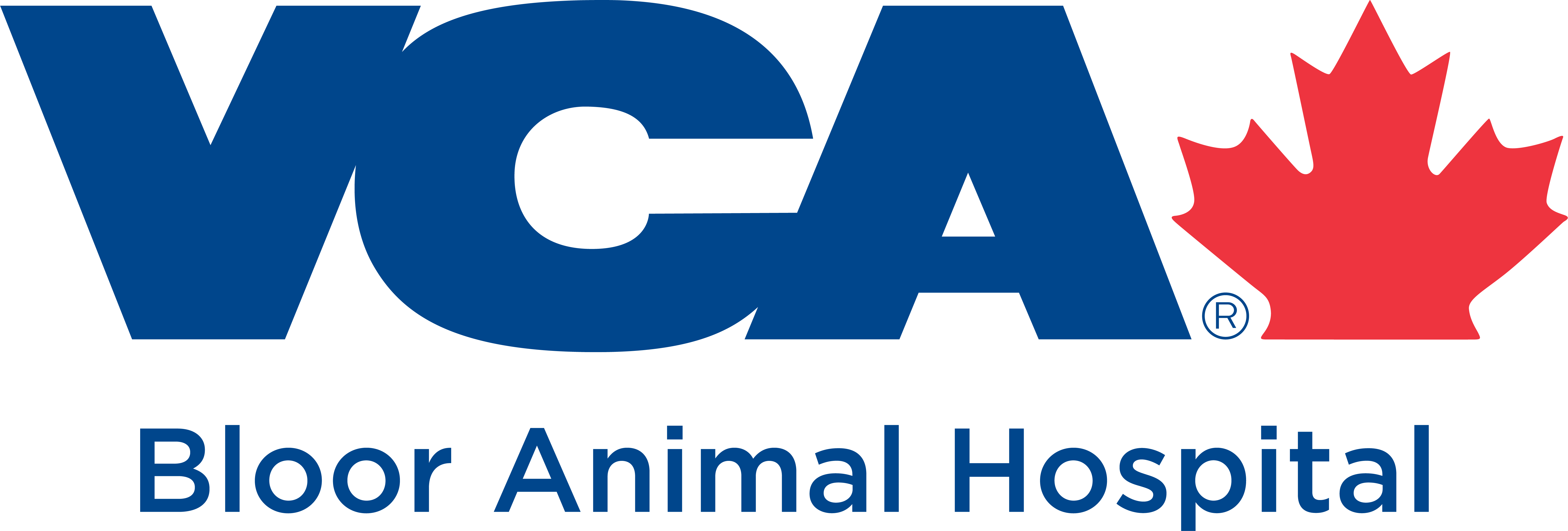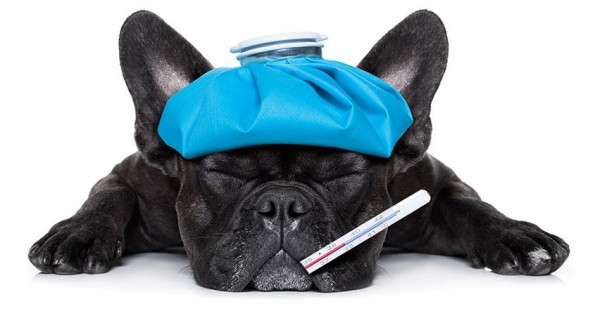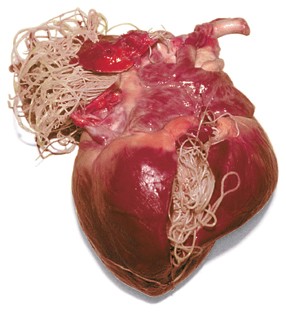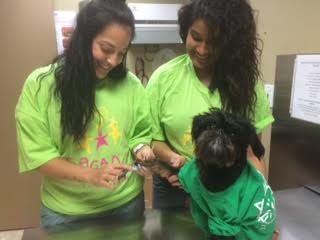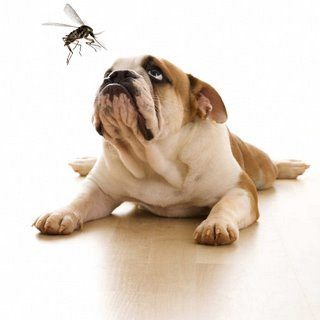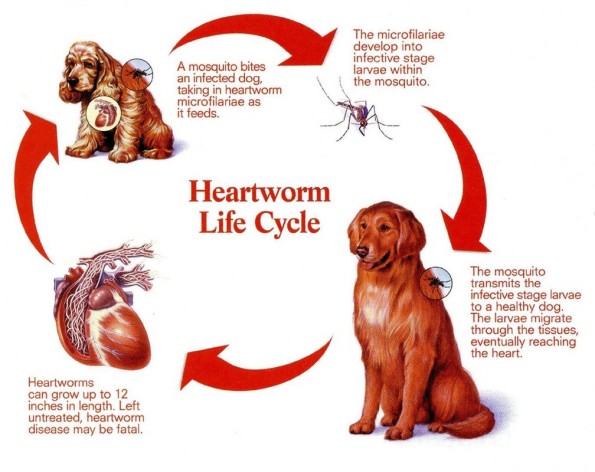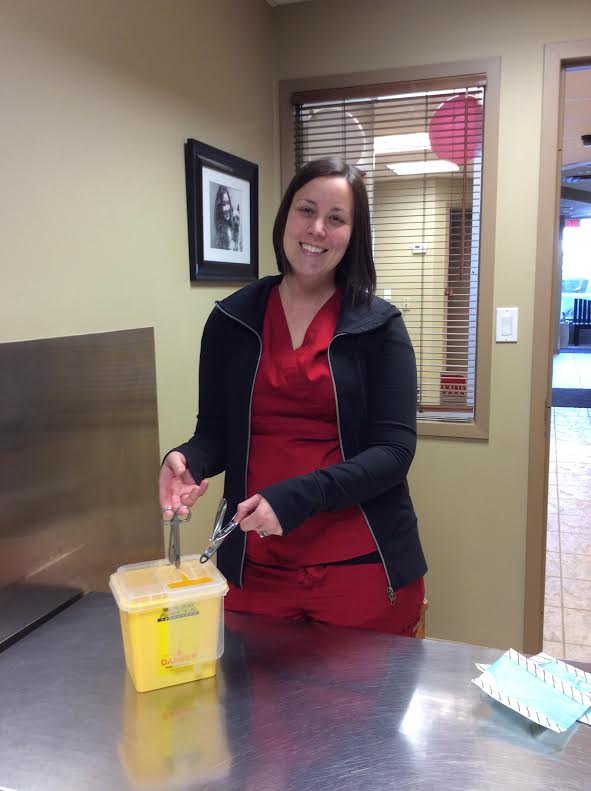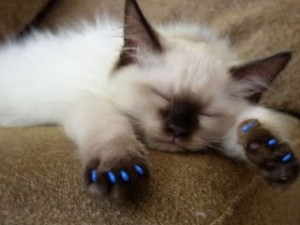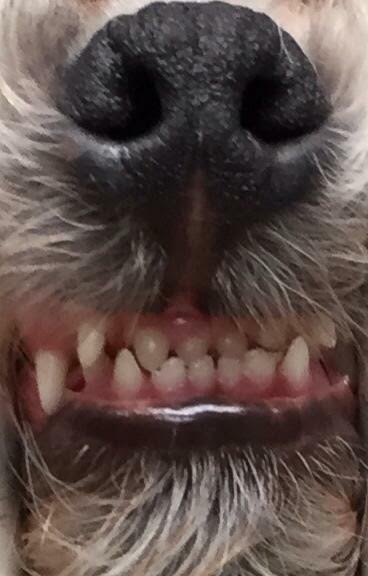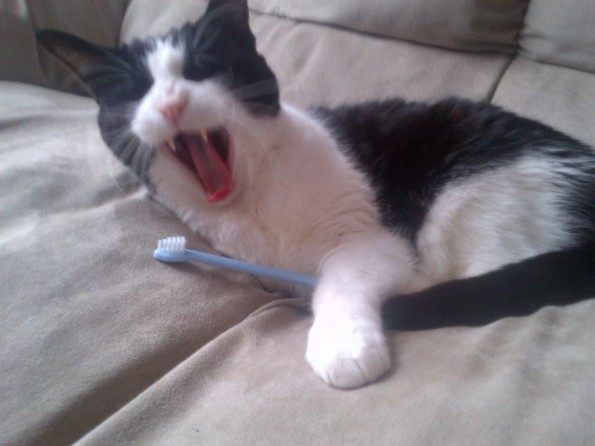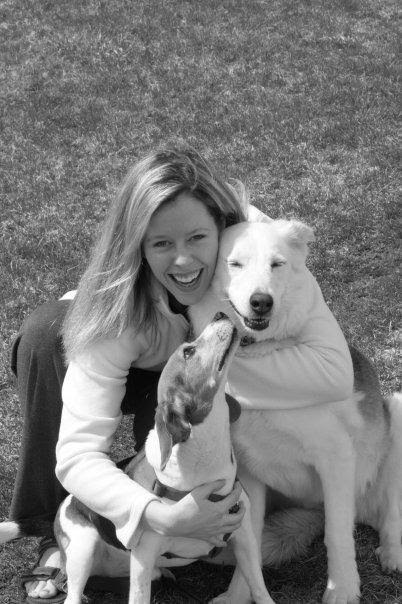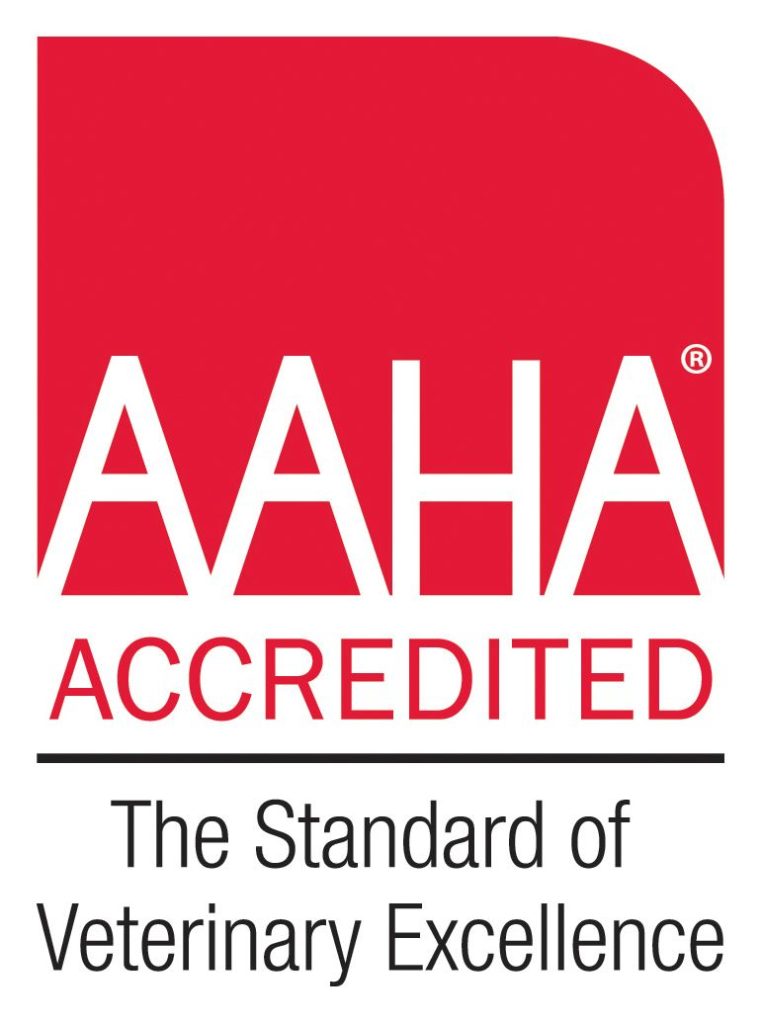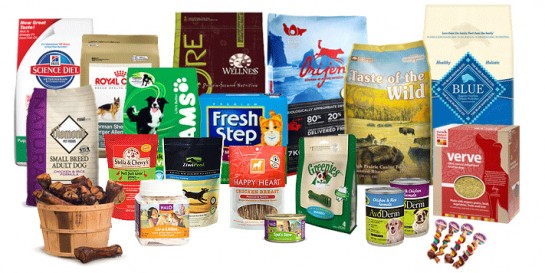
Diet is a hot topic among veterinary professionals and owners. Owners have many options to choose from, be it from the pet store or from the veterinary practice they visit. As the veterinary professional, it is our job to educate our owners to the best of our ability. Picking a diet for your new bouncy puppy can be a difficult one, clouded by fads derived to attract the humans, recommendations from friends and breeders and ultimately, cost.
The misconception of veterinary diets being more expensive drives our pet owners to the pet store, where they feel they are getting more bang for their buck, comparing bag size and bag price. What often gets left behind in the comparison is how much of each food will Fido be eating and how long will that bag last. In reality, pet owners are paying a lot for fillers and unnecessary ingredients that our pets do not require.
While veterinary diets designed for specific patient needs or diseases can be more expensive, and for good reason, it is an interesting comparison to look at those we would feed a healthy pet.
The Ontario Veterinary Medical Association put together some information and comparisons of frequently purchased diets that we thought we would share.
In the tables below you’ll see regularly purchased diets from both pet stores and veterinary practices. Veterinary Practice diets are very competitive in the comparison of prices. Not only can there be health benefits to feeding high quality diet but also savings, as you’ll see below. With these savings comes along a company that researches and produces diets that they will stand behind, which is important as there is no regulating body for pet food. With all of the questions surrounding pet food, having quality control from a major company can also provide peace of mind.
| Diet Name | Size of Bag |
Grams fed per day (25lb Dog) |
Cost per Day |
| Wellness Complete Health Lamb and Barley | 6.8 kg | 145g | $1.06 |
| Purina Essential Care Adult | 3.6 kg | 171g | $1.11 |
| Hill’s Healthy Advantage Adult | 5.4 kg | 165g | $1.23 |
| Orijen Canine Adult | 6.8 kg | 160g | $1.24 |
| Royal Canin Adult | 4.0 kg | 165g | $1.26 |
| Acana Grasslands – Grain Free | 6.8 kg | 175g | $1.48 |
| BLUE Wilderness Chicken | 5.0 kg | 199g | $1.99 |
| Royal Canin Medium Adult | 2.7 kg | 177g | $1.50 |
| Hill’s Science Diet Adult – Light Original | 2.3kg | 200g | $1.56 |
| Purina Veterinary Dental Health | 2.7 kg | 184g | $1.59 |
| Royal Canin Dental | 3.5kg | 170g | $1.65 |
| Now Fresh Grain Free – Adult | 2.7 kg | 163g | $1.75 |
| Orijen Canine Adult | 2.3kg | 160g | $1.90 |
| Acana Grasslands – Grain Free | 2.3 kg | 175g | $2.08 |
| Hill’s T/D | 2.2 kg | 197g | $2.13 |
| BLUE Wilderness Chicken | 2.0kg | 199g | $2.63 |
Table from OVMA Focus Volume 35 no. 3
BLUE indicates veterinary diets
